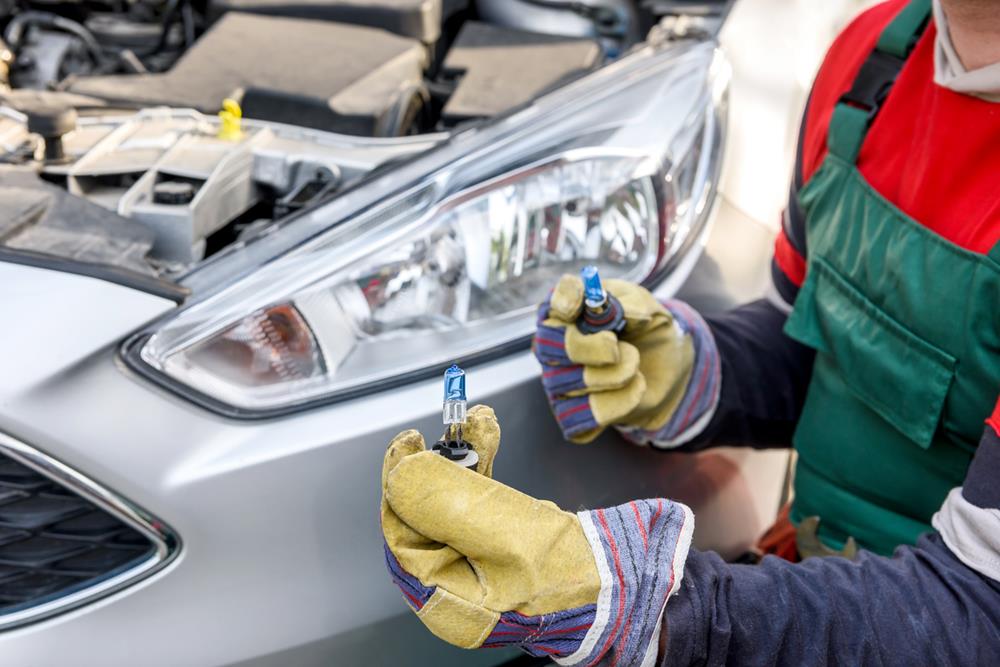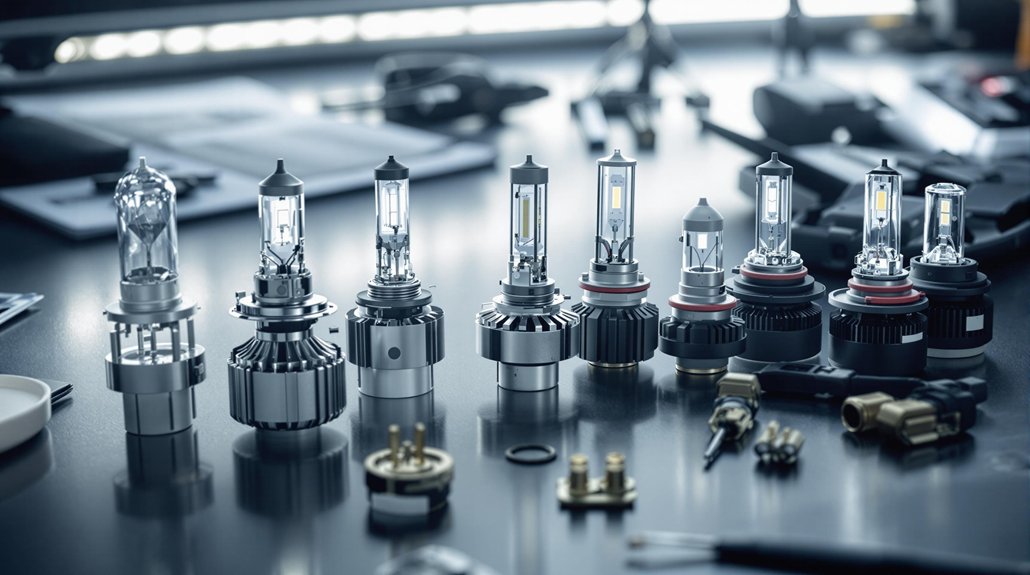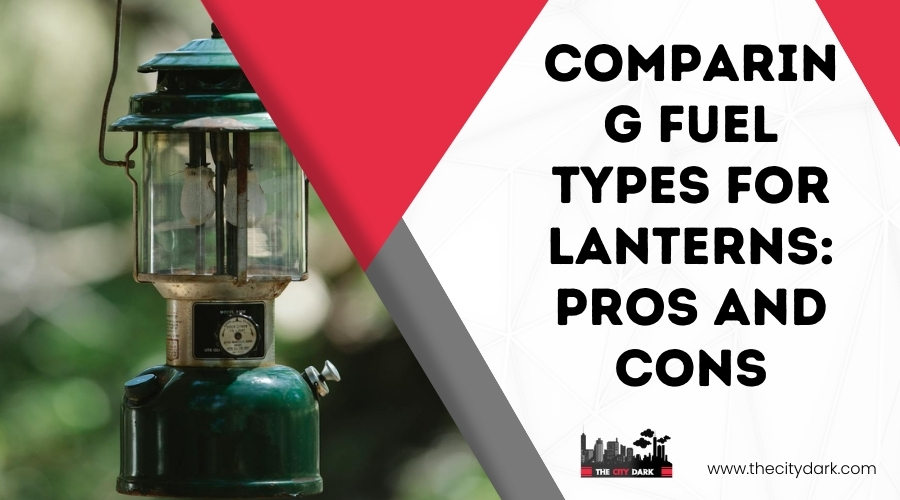Types of Headlight Bulbs: Which One Is Right for You?

When it comes to vehicle safety and visibility, your headlights play a bigger role than you might think. But with so many headlight bulb types on the market—halogen, LED, HID, and more—it can be hard to know which one is the best fit for your car and your driving needs.
In this guide, we’ll break down the most common types of headlight bulbs, comparing their brightness, lifespan, cost, and overall performance. Whether you're replacing a burnt-out bulb or upgrading for better nighttime visibility, this article will help you choose the right option with confidence.
| Type | Brightness | Lifespan | Pros | Cons | Best For |
|---|---|---|---|---|---|
| Halogen | 1,000–2,100 lumens | 450–1,700 hours | - Affordable ($10–$50) - Easy to install - Widely available | - Short lifespan - Produces more heat than light - Less energy-efficient | Budget-conscious drivers and standard vehicles |
| LED | 4,500–5,000 lumens | 25,000–30,000 hours | - Long lifespan - Energy-efficient - Bright white light | - Higher upfront cost - May require conversion kits | Drivers seeking long-term performance and modern look |
| HID (Xenon) | ~3,200 lumens | 2,000–3,000 hours | - Very bright - Modern, bluish-white appearance - Good for nighttime driving | - Expensive - Requires ballasts - Complex installation | Nighttime drivers wanting premium visibility |
| Laser | Extremely high (illuminates up to 600m) | Very long lifespan | - Ultra-bright - Highly energy-efficient - Minimal glare | - Very high cost - Mostly for premium vehicles | Luxury or high-performance vehicles |
Understanding the Different Types of Headlight Bulbs
When it comes to choosing headlight bulbs, it's important to understand the different types available—each offering its own set of advantages in terms of brightness, efficiency, and lifespan.
Halogen bulbs are the most commonly used. They're affordable, easy to replace, and provide a warm, yellowish light. While not the brightest option, they’re a solid choice for everyday driving and tight budgets.
LED headlights are growing in popularity thanks to their energy efficiency and superior brightness. With lifespans ranging from 25,000 to 30,000 hours, they require less frequent replacement. However, check your vehicle's compatibility, as some models may need special fittings or modifications.
HID (High-Intensity Discharge) bulbs are known for their powerful, bluish-white light output, making them ideal for night driving. They typically last 2,000 to 3,000 hours, but may require additional components like ballasts for proper installation.
When deciding which bulb is right for you, consider key factors like your vehicle’s requirements, preferred brightness level, and how long you want the bulb to last. The right choice will enhance both visibility and safety on the road.
Halogen Headlight Bulbs: Pros and Cons

If you're looking for a practical and budget-friendly headlight option, halogen bulbs remain a popular choice. They’re the most commonly used bulbs in vehicles, which makes finding replacements easy and installation straightforward.
Pros:
Affordable: Typically priced between $10 and $50 per bulb, halogens are a cost-effective solution for most drivers.
Widely available: Since they’re standard in many vehicles, replacements are easy to find at auto parts stores.
Simple installation: No special tools or adapters are usually needed.
Warm yellow light: Provides sufficient illumination for everyday driving.
Cons:
Shorter lifespan: Halogen bulbs generally last between 450 and 1,700 hours, significantly less than LED or HID options.
Heat generation: They produce more heat than light, which can reduce efficiency and lead to quicker burnout.
Less energy-efficient: Compared to LEDs, halogens draw more power and are less environmentally friendly.
While halogen bulbs may not offer the longest life or brightest output, their affordability, accessibility, and ease of use make them a reliable option—especially for drivers looking for a quick and simple replacement.
HID (Xenon) Headlight Bulbs: Features and Benefits

HID (High-Intensity Discharge) headlight bulbs, also known as Xenon bulbs, are known for their exceptional brightness and energy efficiency. Unlike halogen bulbs, HID lights operate by generating an electrical arc within a gas-filled quartz bulb, producing an intense, focused beam of light—often around 3,200 lumens.
One of the brightest headlight options on the market, HID bulbs emit a bluish-white light with color temperatures typically ranging from 4,300K to 6,500K, dramatically improving nighttime visibility and overall road safety.
Key advantages:
High brightness: Ideal for low-light or nighttime driving
Longer lifespan: Typically 2,000 to 3,000 hours, outlasting most halogen bulbs
Modern appearance: The crisp, cool tone gives vehicles a high-end look
However, HID bulbs come at a higher cost, both in terms of the bulbs themselves and installation. Many vehicles require a compatible ballast system, which adds to the expense and complexity of setup.
Still, for drivers who prioritize maximum visibility and long-term performance, HID headlights can be a smart, safety-focused investment.
LED Headlight Bulbs: Efficiency and Longevity

Although LED headlight bulbs might've a higher upfront cost, they offer impressive efficiency and longevity that can’t be ignored.
Compared to halogen bulbs, they last between 25,000 to 30,000 hours, markedly outlasting the typical 500 to 1,000 hours. Their energy-efficient design reduces power consumption, contributing to lower fuel costs.
Here’s why they’re a smart choice:
- Longevity: LED bulbs last much longer, saving you money on replacements.
- Efficiency: They consume less power, making them more energy-efficient.
- Visibility: Bright white light improves night driving with adjustable color temperatures.
- Installation Considerations: Check vehicle specifications; you might need conversion kits for compatibility.
Invest in LEDs for a bright, efficient upgrade to your vehicle’s lighting system.
Laser Headlight Bulbs: Premium Option for Modern Vehicles
Laser headlight bulbs represent the cutting edge of automotive lighting technology. They're often found in premium vehicles due to their advanced technology and impressive performance.
These bulbs emit a bright, focused light that improves visibility and reduces glare for oncoming traffic, making them perfect for high-speed driving. With the ability to illuminate distances of at least 600 meters, you’ll have a clear view of the road ahead.
Energy efficiency is another standout feature, as laser headlights consume about 30% less energy compared to traditional bulbs. This efficiency, combined with their long lifespan, means you'll enjoy significant cost savings over time.
Although they come with a higher upfront cost, the long-term benefits make laser headlight bulbs a worthwhile investment for modern vehicles.
Factors to Consider When Choosing Headlight Bulbs
When choosing headlight bulbs, it’s essential to prioritize compatibility with your vehicle to guarantee proper functioning and avoid potential damage.
Always refer to your owner's manual for the correct bulb size and headlight types. Consider these factors:
- Brightness: LED bulbs offer higher lumen output (4,500-5,000 lumens) compared to halogen bulbs (1,000-2,100 lumens), providing ideal visibility at night.
- Lifespan: LED bulbs last up to 30,000 hours, making them more economical than halogen bulbs, which last 500-1,000 hours.
- Energy Efficiency: LED bulbs consume less power, reducing total vehicle energy consumption.
- Color Temperature: Choose warmer halogen (3000K-4000K) for a yellow hue or brighter white LED (5000K-6000K) for improved visibility and aesthetics.
Compatibility and Installation of Headlight Bulbs

Before replacing your vehicle’s headlight bulbs, it’s essential to confirm compatibility and ensure correct installation to achieve optimal performance and safety.
Start by consulting your vehicle’s owner’s manual to identify the correct bulb size and type for your specific make and model. Halogen bulbs are typically the easiest to replace and usually don’t require special tools or modifications.
However, upgrading to LED or HID bulbs may involve additional components, such as ballasts or conversion kits. It’s important to make sure your vehicle’s electrical system can support the upgrade, as mismatched power requirements can lead to performance issues or even damage.
Also, take time to review local regulations regarding headlight brightness and beam patterns, especially when installing high-output bulbs. Non-compliant headlights can lead to fines or failed inspections.
If you’re unsure about the installation process or electrical compatibility, professional installation is highly recommended. It ensures your headlights function correctly, safely, and in accordance with legal standards.
Maintenance Tips for Optimal Headlight Performance
Making sure your headlights are properly installed is just the beginning; maintaining them is key to keeping your nighttime driving safe and effective. Here are crucial maintenance tips to achieve the best visibility:
- Inspect Headlight Lenses: Regularly check for cleanliness and damage. Dirty or cloudy lenses can reduce light output considerably, hampering visibility.
- Proper Alignment: Confirm headlights are aligned correctly to avoid glare for oncoming traffic, which can impair visibility.
- Replace Headlight Bulbs: Promptly swap out bulbs when they dim or burn out. Outdated bulbs can compromise safety and increase accident risks.
- Secure Connections: Periodically check electrical connections and wiring. Make sure they're secure and free from corrosion to prevent flickering or bulb failure.
These steps can help you avoid costly automotive repairs and stay safe on the road.




